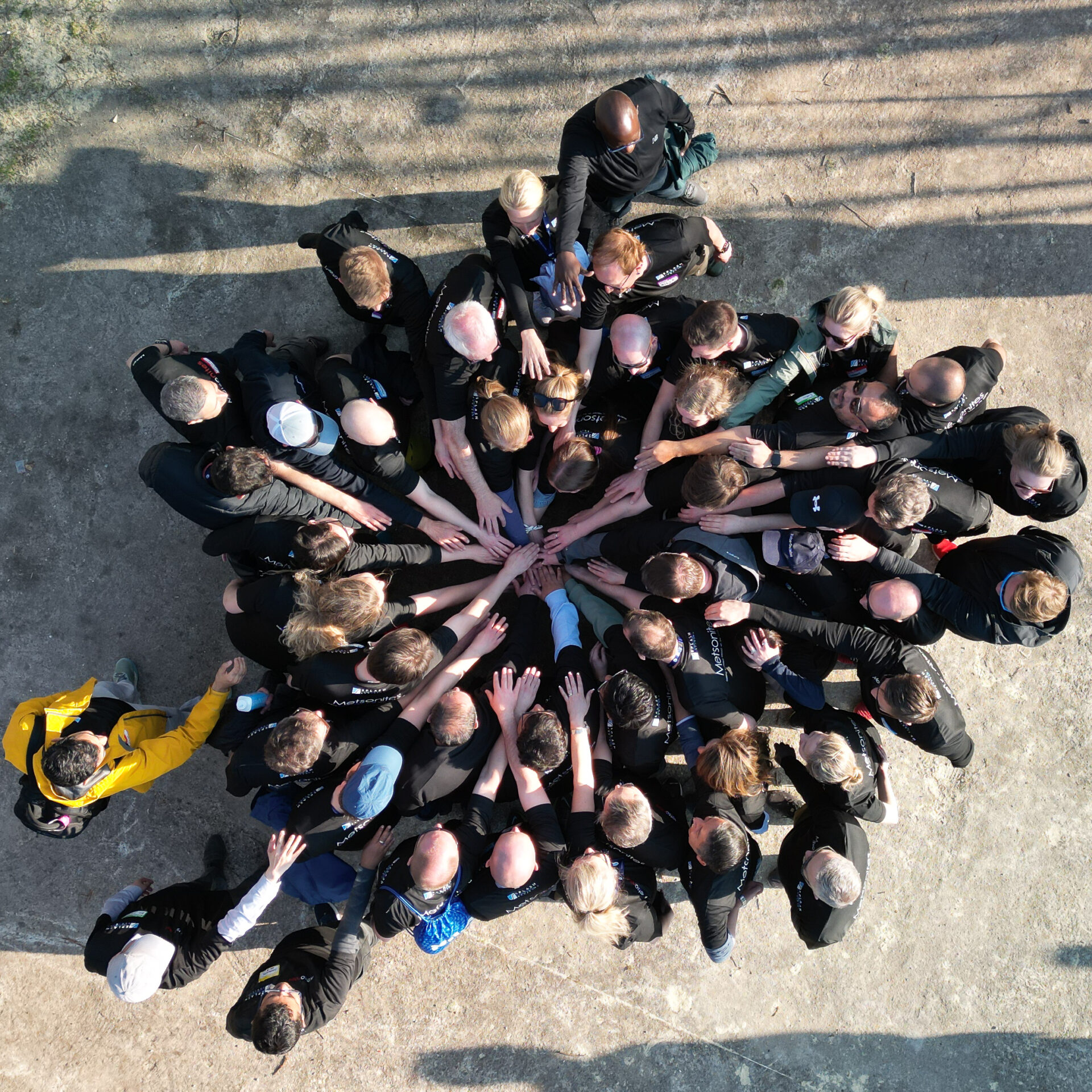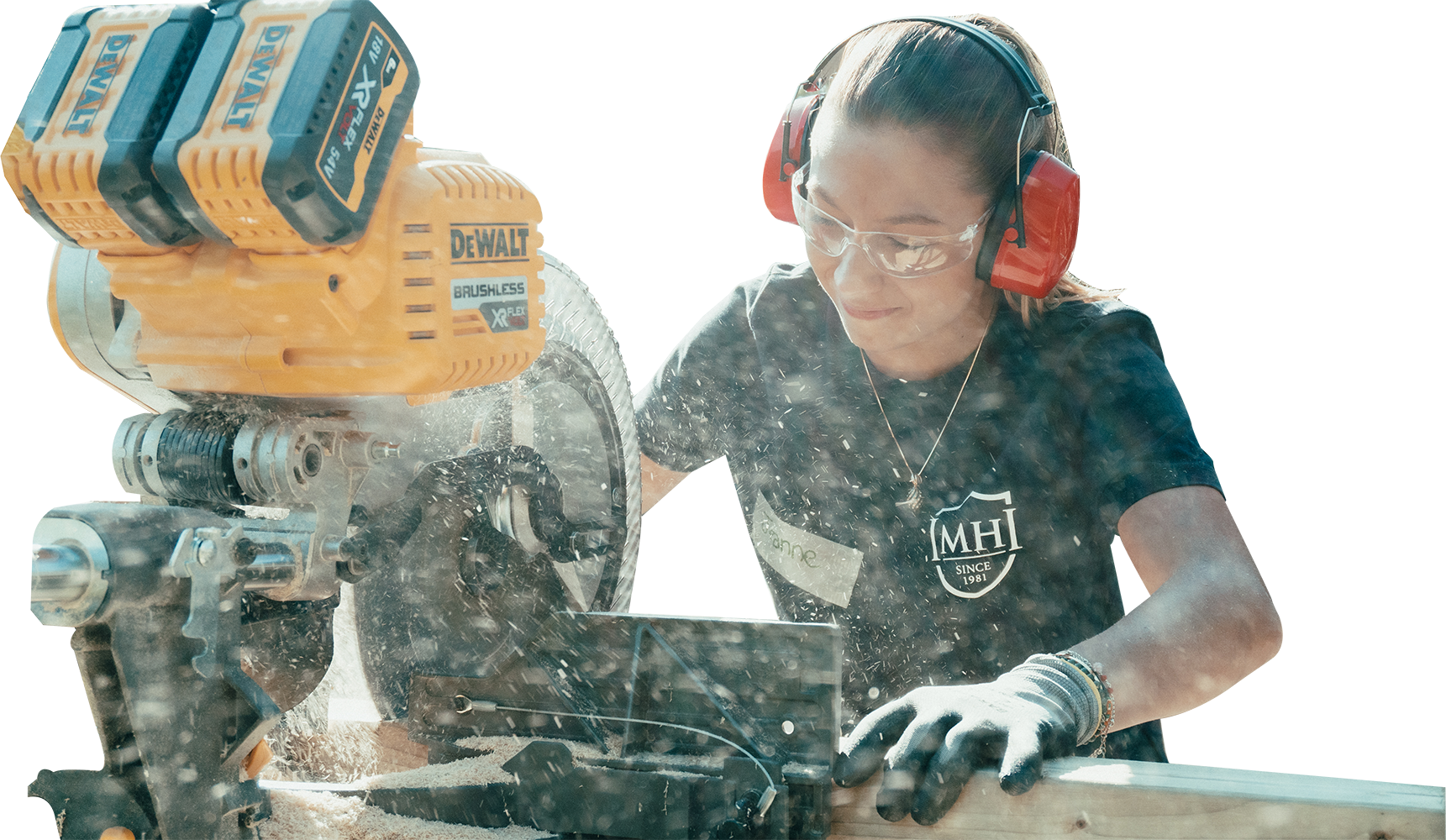
Becoming a high-performing team
Introduction
The team you manage, or the team you’re in, is getting on just fine. Communication is fine, morale is fine, everyone’s roles and responsibilities are clear, and as a result, your results are fine. Actually, they’re pretty good!
Have a B+, “can do better”.
Operating at this level means you’re not necessarily under performing, but you’re not fulfilling your potential.
Implementing a few strategies could elevate your performance (and wellbeing) to an A+, and it’s well worth the effort – high-performing teams enjoy a positive and collaborative work environment and consistently achieve top results.
Below, we outline what makes a high performing team and where Splash Projects come into the equation.
Key benefits of a high-performing team
1. Improved productivity and efficiency
Accomplish more in less time, exceed targets with fewer resources.
2. Higher quality outcomes
Better collaboration, attention to detail and shared accountability lead to fewer mistakes and higher standards.
3. Faster problem solving and innovation
Trust and open communication allow teams to surface and solve challenges quickly, collaboratively and creatively.
4. Stronger employee engagement and satisfaction
Team members feel valued, supported and challenged, which boosts morale and reduces turnover.
5. Greater agility and adaptability
High-performing teams are more resilient and can pivot effectively in response to change or unexpected challenges.
6. Better customer satisfaction
When teams work well internally, the quality and consistency of service or product delivery improve—resulting in happier customers, clients and stakeholders.
7. Enhanced learning and development
Members of high-performing teams often learn from each other, gaining new skills and perspectives in a supportive environment.
8. Stronger organisational culture
When teams model ideal behaviors, it can influence the wider organisation toward a more collaborative, accountable culture.
Key strategies to create a high-performing team
So, now you know it’s worth striving for that A+, here are some ways to achieve it…
1. Clear goals and purpose
Everyone understands and is committed to the team’s objectives and how they contribute to the bigger picture.
Splash Projects: In the planning session or at the beginning of the project, the team is presented with the plans including the objective/finished product and the resources available. Together, they decide among themselves who does what.
2. Strong leadership
Effective leadership provides vision, removes obstacles and empowers team members.
Splash Projects: Once the teams have been established, the members of each team allocate a team leader who is responsible for ensuring everyone is fulfilling their roles and their wellbeing is cared for.
3. Defined roles and responsibilities
Each member knows their specific role and how they support others, reducing confusion and overlap.
Splash Projects: Each team member is integral to the successful completion of a Splash Project, which has a hard deadline; roles and responsibilities – their purpose and how they fit together in the wider team and the overall objective – are established at the outset.
4. Open and honest communication
Team members feel safe to share ideas, give feedback, and raise concerns without fear.
Splash Projects: We live by the motto, Together Everyone Achieves More (TEAM) – the importance of togetherness is stressed throughout the project process, which includes everyone feeling confident to speak out. Never is this more important than on our busy construction sites (which are risk assessed and comply with strict health and safety protocols).
5. Trust and psychological safety
A foundation of trust allows people to take risks, be vulnerable, and support one another.
Splash Projects: Usually trust is earned over time. But on a Splash Project, most of which involve people who have never met before, it’s assumed, and essential. But because everyone is in the same boat – facing an unfamiliar, challenging environment which can only be overcome through teamwork – there is a shared vulnerability and a sense of camaraderie.
6. Diversity and inclusion
A mix of perspectives, experiences, and skills fosters creativity and better problem-solving.
Splash Projects: Everyone is equal on a Splash Project site, regardless of rank back in the office. Recognising that everyone has their own strengths and everyone is integral to the overall goal; the floor is open for everyone to contribute, also to listen. Striking the right balance, under pressure, is an important test.
7. Mutual accountability
Team members hold themselves and each other accountable for delivering results and upholding standards.
Splash Projects: There is no hierarchy on site; it is a democratic environment where everyone has a say in the organisation of tasks. Individually, and collectively, everyone is responsible for what unfolds.
8. Collaboration and Cohesion
Members actively help each other and function as a unit rather than as individuals.
Splash Projects: While individuals take responsibility for their specific tasks, all individuals must take responsibility for the overall task: doing well, and supporting others to do well, is in both the individual and collective interest.
9. Continuous learning and improvement
High-performing teams regularly reflect on their performance and seek ways to improve.
Splash Projects: Pitstops offer participants the opportunity to reflect on what has worked well and what needs to improve, and how to do so.
10. Recognition and Celebration
Successes, big or small, are acknowledged, helping maintain motivation and morale.
Splash Projects: There are frequent claps and cheers on site as small successes are celebrated, paving the way for overall success at the end of the day!
Conclusion
Operating at A+ level is desirable and attainable. Ultimately, it comes down to collaboration, communication, reflection and humility.


